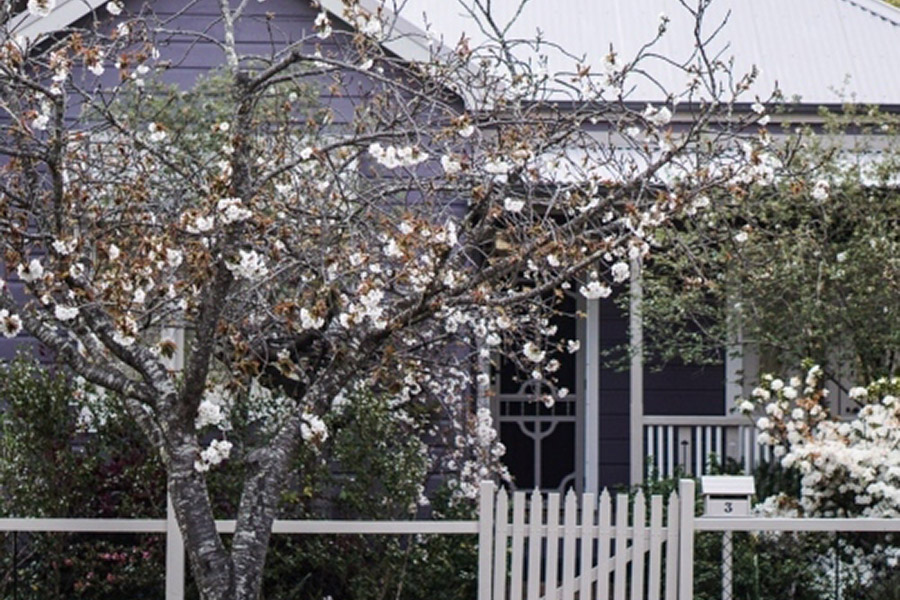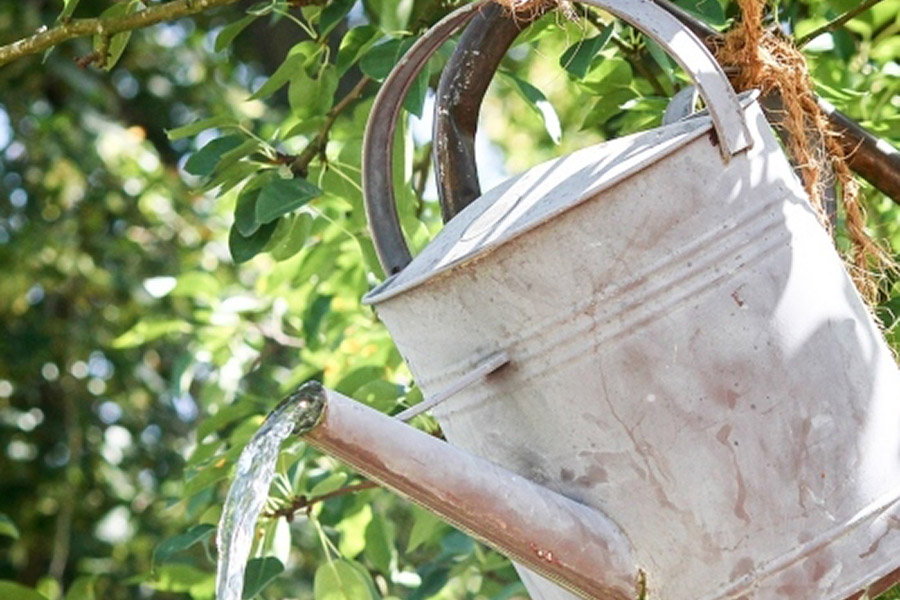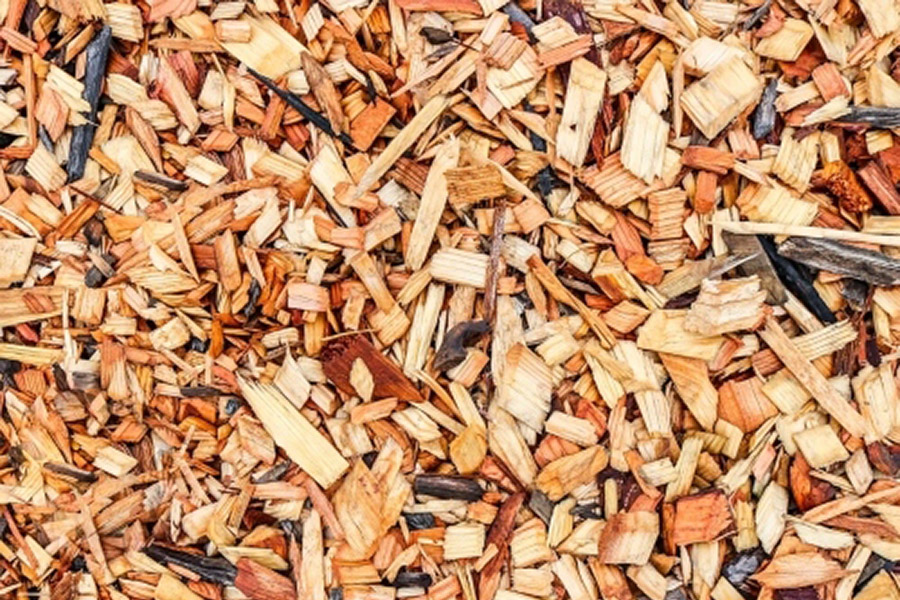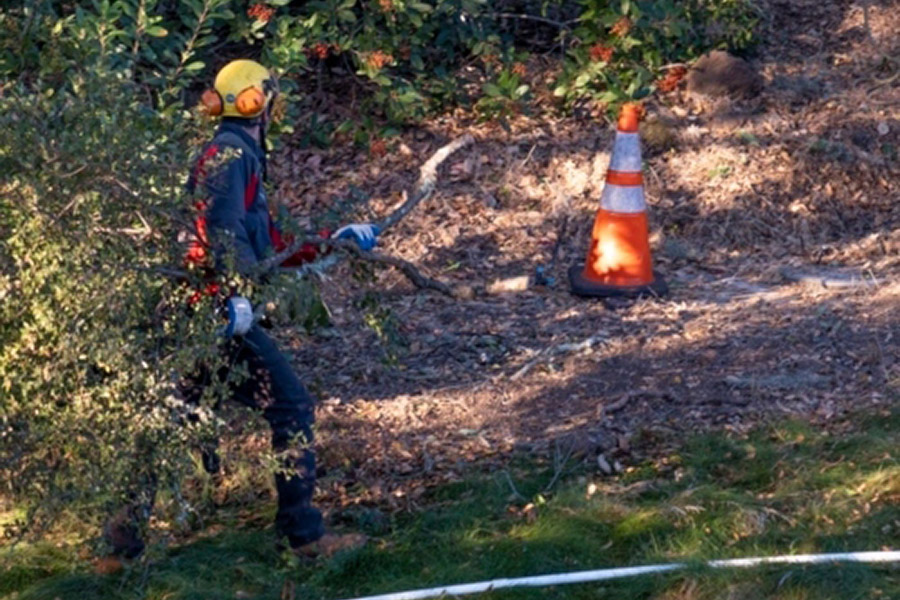Smart Tree Watering Techniques: Maximize Efficiency and Conservation
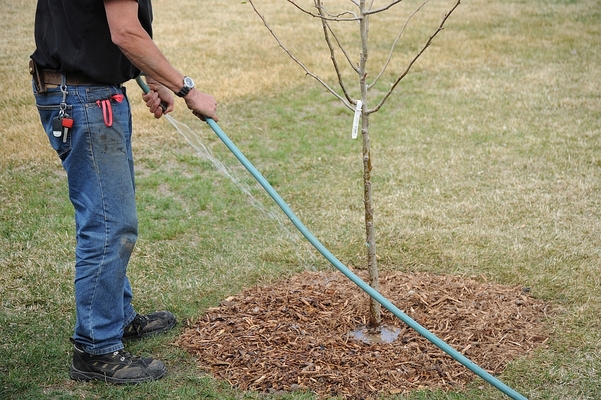
Introduction
Water is the common prerequisite for all earthly life, and trees are no exception. While trees do a pretty good job of taking care of themselves, it is sometimes necessary to provide them with supplemental water. It is especially true of trees living in parched environments.
However, while providing water correctly can invigorate a tree, improper application can lead to oxygen-deprived roots and accelerate the rate of decay. Accordingly, it is important to learn the proper way to water trees and understand the methods that will help you maintain suitable soil moisture for extended periods of time.
Trees Are Rather Self-Sufficient
A Residential Front Yard with Flowering Trees
Assuming you have planted suitable species for your local climate and soil chemistry, established, mature trees require little additional watering. After all, trees have been producing food, oxygen, and shade for millions of years longer than humans have been watering them, and they are used to getting enough water themselves.
With this in mind, it becomes clear that trees only require supplemental watering in a few cases:
- The area experiences an extended drought. Unfortunately, much of California has been suffering from a drought for some time, and the future does not look any better. Accordingly, California residents must begin planting more drought-tolerant natives and strive to provide supplemental water in the most efficient manner possible. There are many different options for plants that can withstand drought, so you won't be left without any choices.
- The species requires more soil moisture than the habitat provides. This is primarily the result of planting non-native species from wet climates in areas with reduced rainfall, or by planting the tree at the wrong elevation within the watershed. For example, a river birch (Betula nigra), bald cypress (Taxodium distichum) or water tupelo (Nyssa aquatica) will likely require supplemental water if planted on a sunny hillside.
- Newly transplanted trees temporarily require more water than usual. The increased need for water lasts for about two growing seasons, but individual trees vary in their response to their new environment.
- Some locations may be unusually dry and therefore lack the soil moisture to support trees. For example, windswept ridges dry more quickly than areas sheltered from the wind. Intense sun exposure can also accelerate the rate at which the soil dries out.
Water Application
A White Metal Watering Can
Watering a tree is certainly not rocket science, but haphazard practices are rarely helpful. Understand that trees may suffer from too much water just as easily as they can suffer from too little water, so it is important to monitor the soil to avoid stressing your trees.
- Water less frequently but more deeply to encourage proper root growth. As a general rule, you should water trees weekly during the spring and summer and monthly during the fall and winter. However, soil moisture should always drive your watering schedule—not the calendar.
- Purchase and use a moisture meter for the best results. However, you can perform the “screwdriver test" in a pinch. To do so, try to stick a screwdriver all the way into the soil; the drier the soil, the harder it is to insert the screwdriver.
- Provide water to those roots that can absorb it. These fine, white absorbing roots emerge from the thicker, woody roots that help anchor the tree. They form a radiating pattern that extends out from the trunk to well beyond the drip line.
- Try to saturate the upper twelve inches of the soil when you water, as this is where the majority of the water-absorbing roots are located. Consider using a soaker hose, which provides water slowly, thereby allowing the soil to absorb it before it flows away.
- Avoid saturating the ground near the trunk, which can encourage decay. Trees draw relatively little water from the soil near the trunk anyway.
- Water early in the morning so the soil has enough time to absorb the water before the temperatures climb, thereby accelerating the evaporation rate.
- Always comply with local water restrictions, and utilize eco-friendly solutions—such as capturing and using rainwater—whenever appropriate and possible.
The Importance of Mulch
Wood Chip Mulch Preserves Soil Moisture Content
The water content of the soil is the net result of a series of credits (precipitation and supplemental watering) and debits (evaporation and use by the tree). To make the most of your water, it makes sense to address both sides of the equation. This means not only providing supplemental water when appropriate but also reducing the rate at which the water evaporates.
The solution could not be any simpler: A thick layer of mulch placed above the roots of the tree will greatly reduce the rate of evaporation. In fact, mulching may be one of the best ways to support tree health in a variety of ways, as mulch can contribute nutrients to the soil, protect the roots from damage, and improve the soil structure.
However, you must apply the mulch properly, or you can actually cause harm to the tree.
- While inorganic mulches require less frequent maintenance and replacement than organic mulches do, they do not improve soil structure or release nutrients into the soil. Accordingly, it is wise to use organic mulches, such as bark chips, whenever possible. However, be sure to select an ecologically sustainable species and give thought to the combustibility of the mulch if you live in a fire-prone area.
- Place a two-to-four-inch-thick layer of mulch on the ground, starting about six inches away from the base of the tree and extending to the drip line (the edge of the tree’s crown). If feasible, continue mulching beyond the tree’s drip line, as the root tips usually extend farther than the branches do. Do not let the mulch contact the trunk, as this can lead to trunk rot.
- Replace the mulch as it decomposes, but avoid increasing the depth of the mulch. In warm, wet locations, the bark will decompose more rapidly than it will in drier areas, so consider using larger bark chips in such areas to reduce the rate at which they will decompose.
Let Arborist Now Help
A Tree Care Specialist from Arborist Now Inspects a Site
Try to apply these tips to your own trees to keep them healthy and vibrant despite the lack of rainfall. If you have any problems or would like one of our ISA-certified arborists to inspect your trees and advise you of a proper maintenance schedule, contact Arborist Now ! Our experts can provide you with valuable information and, at your request, can even come out for regular visits to care for your trees.
Originally published on May 19, 2016.

